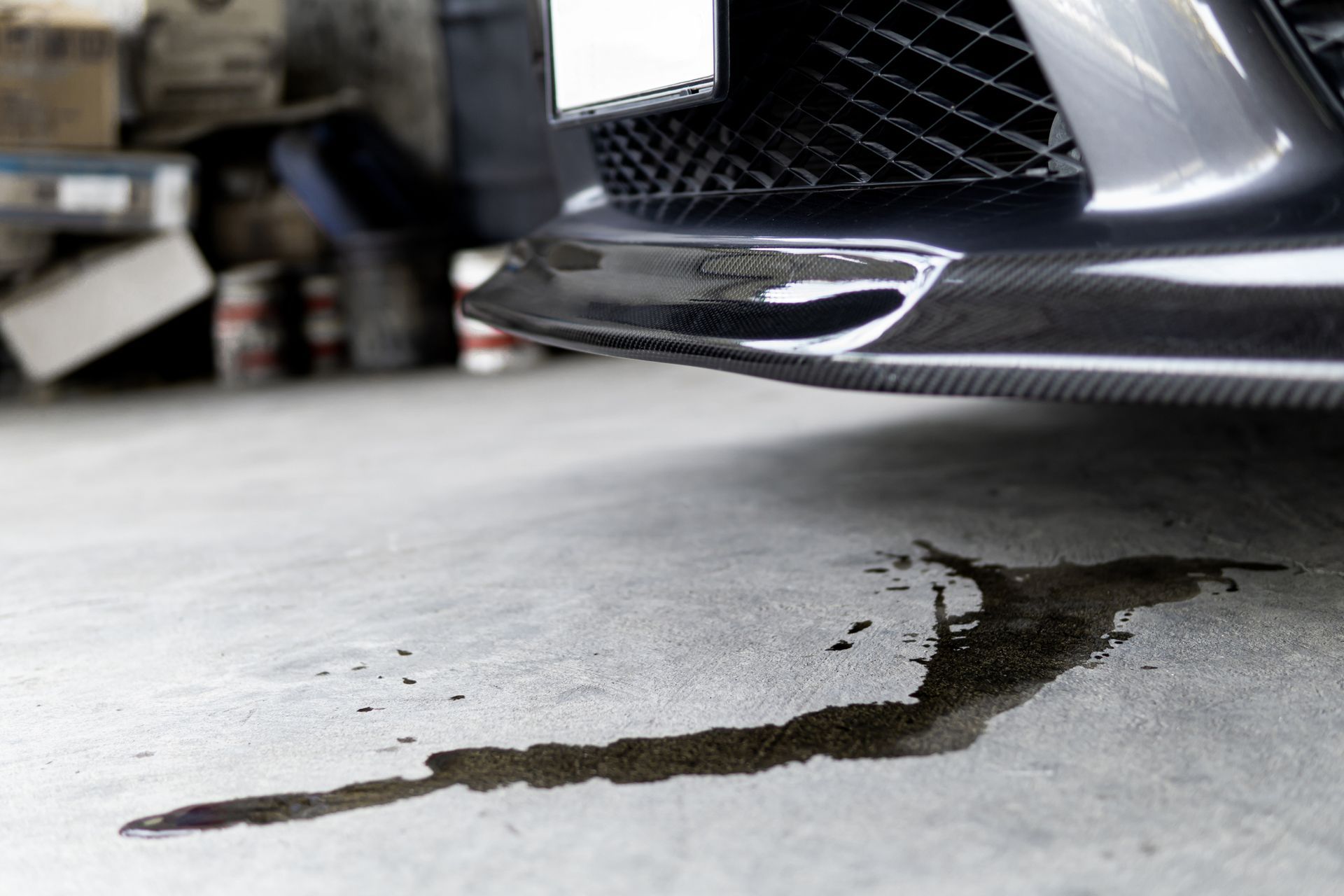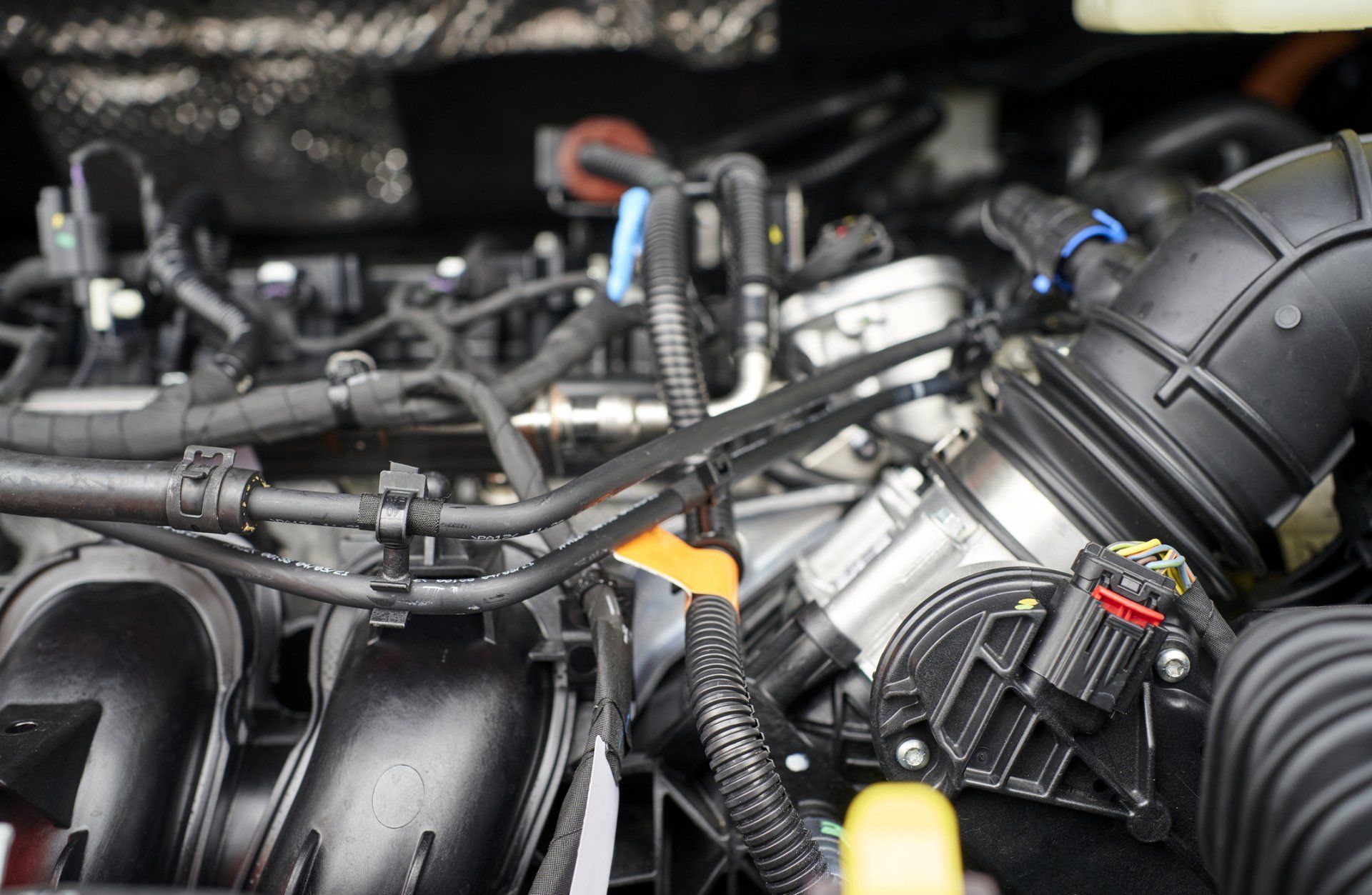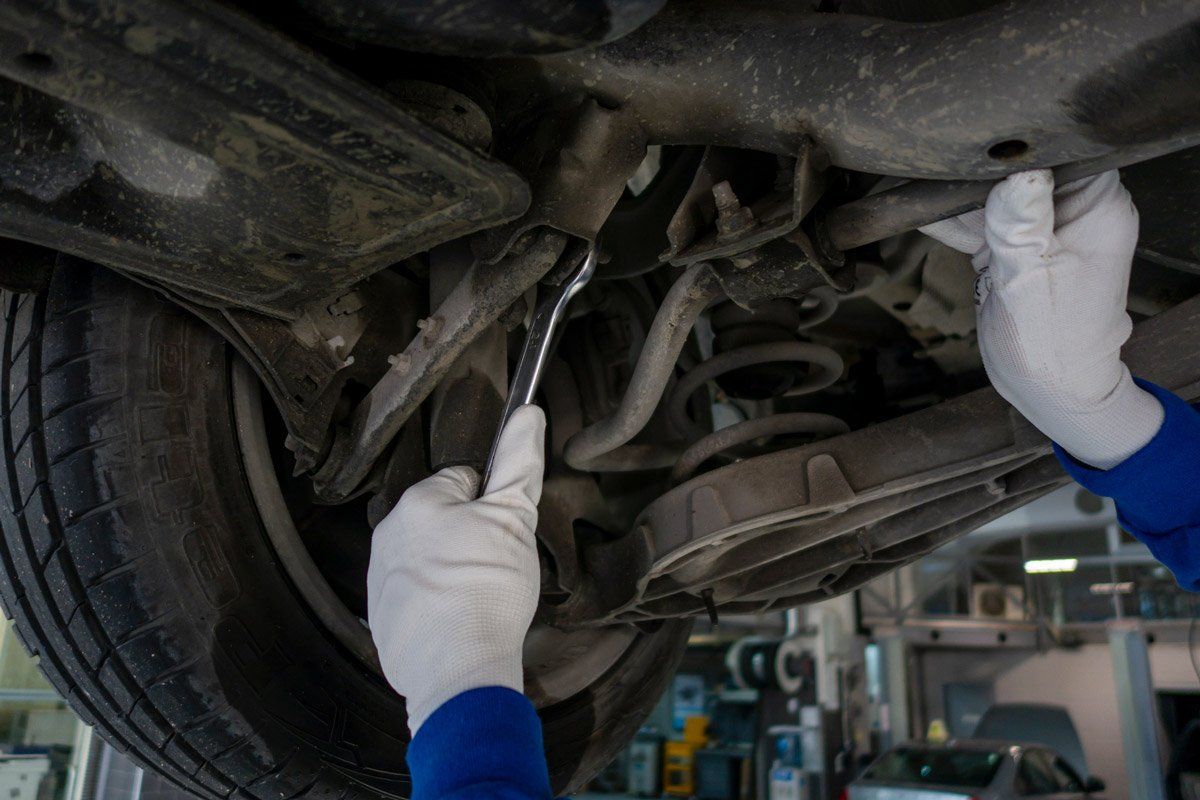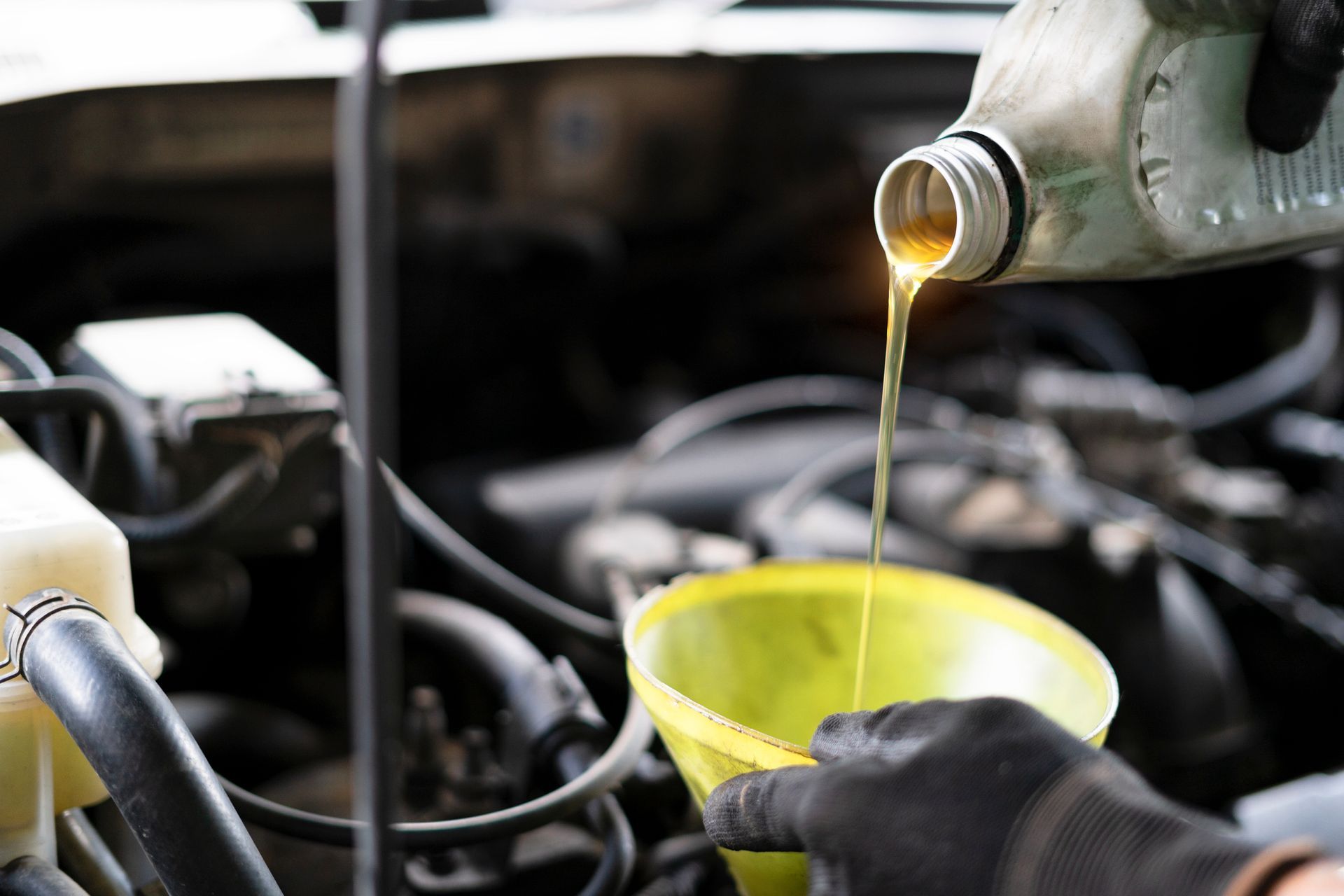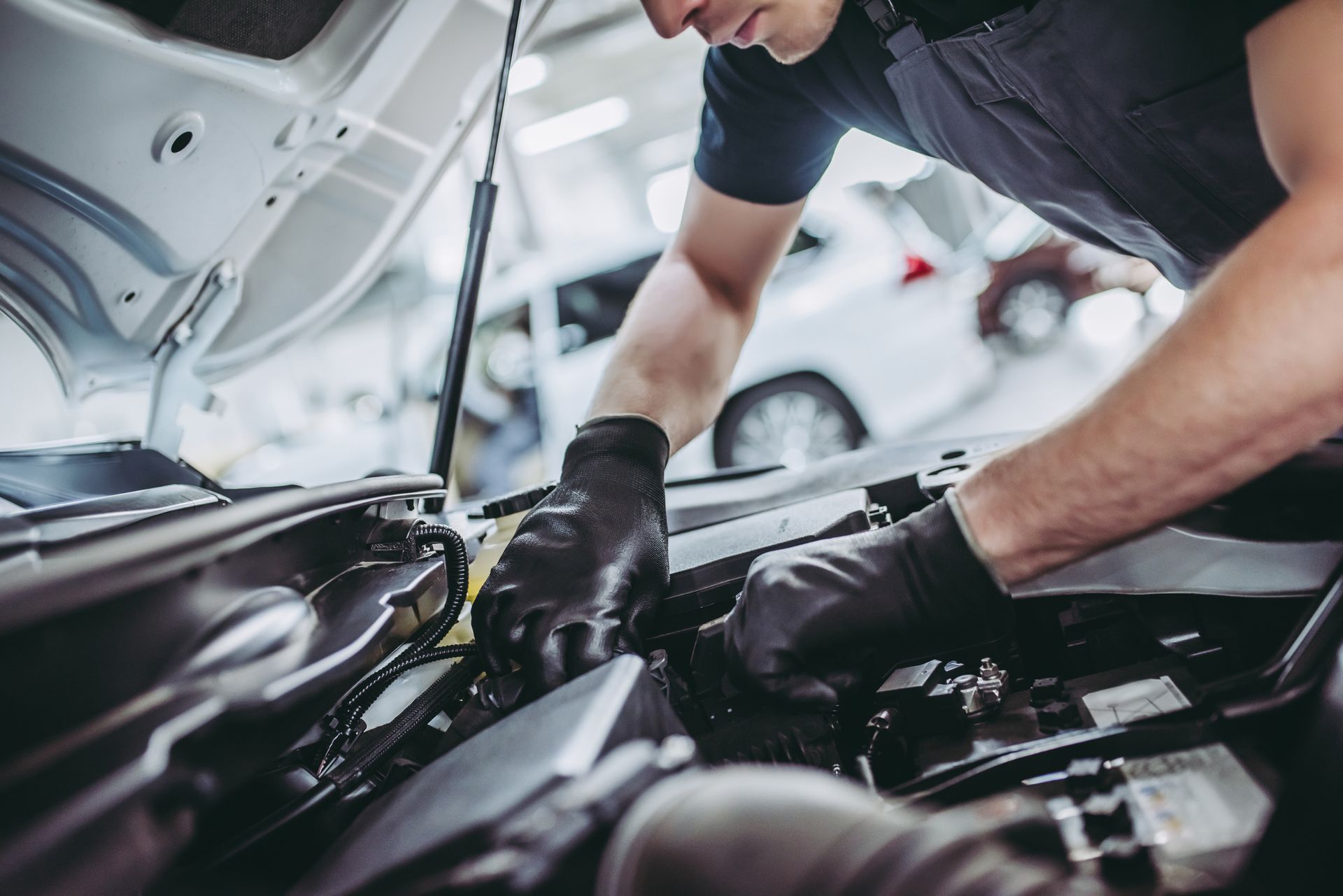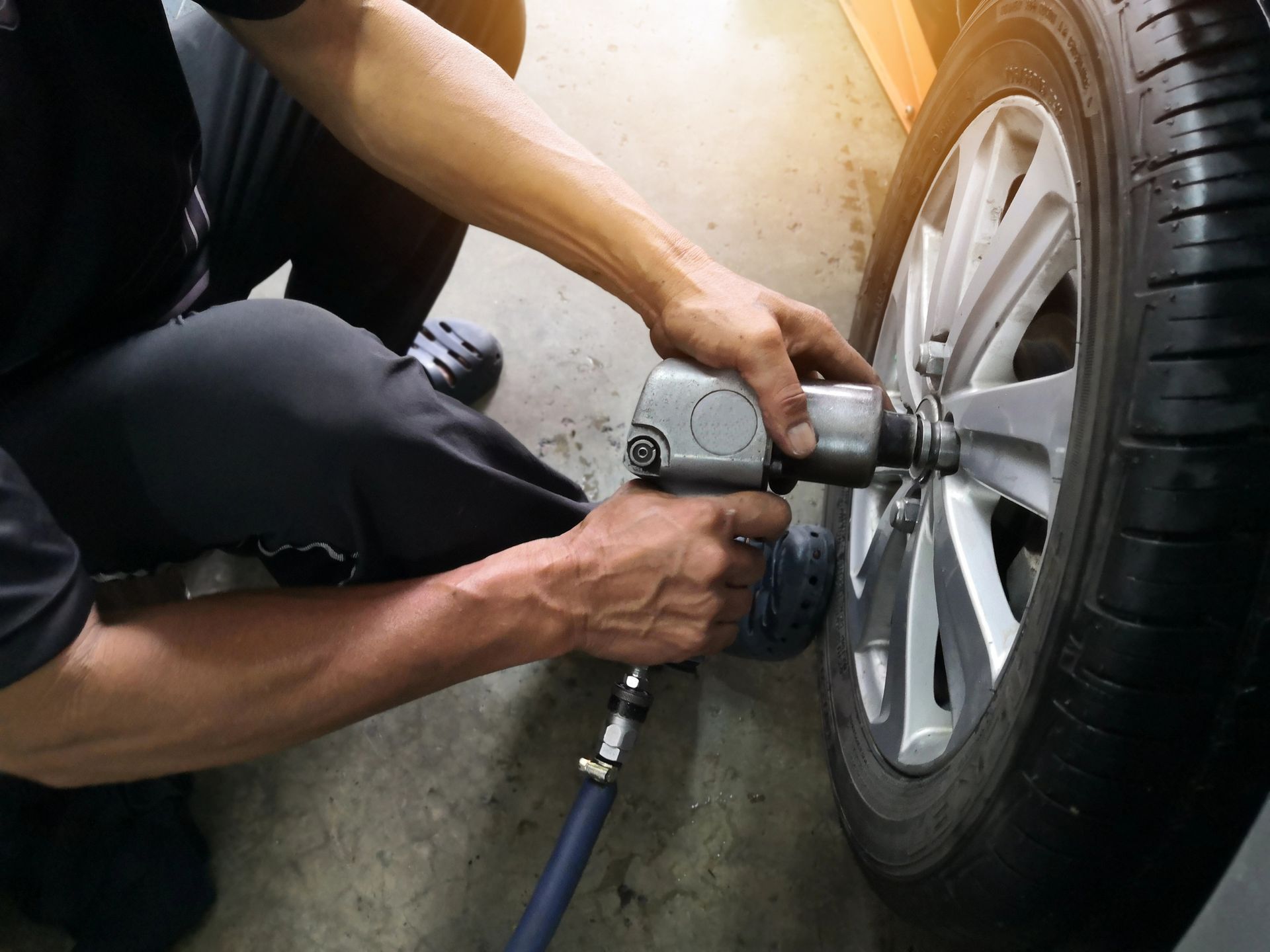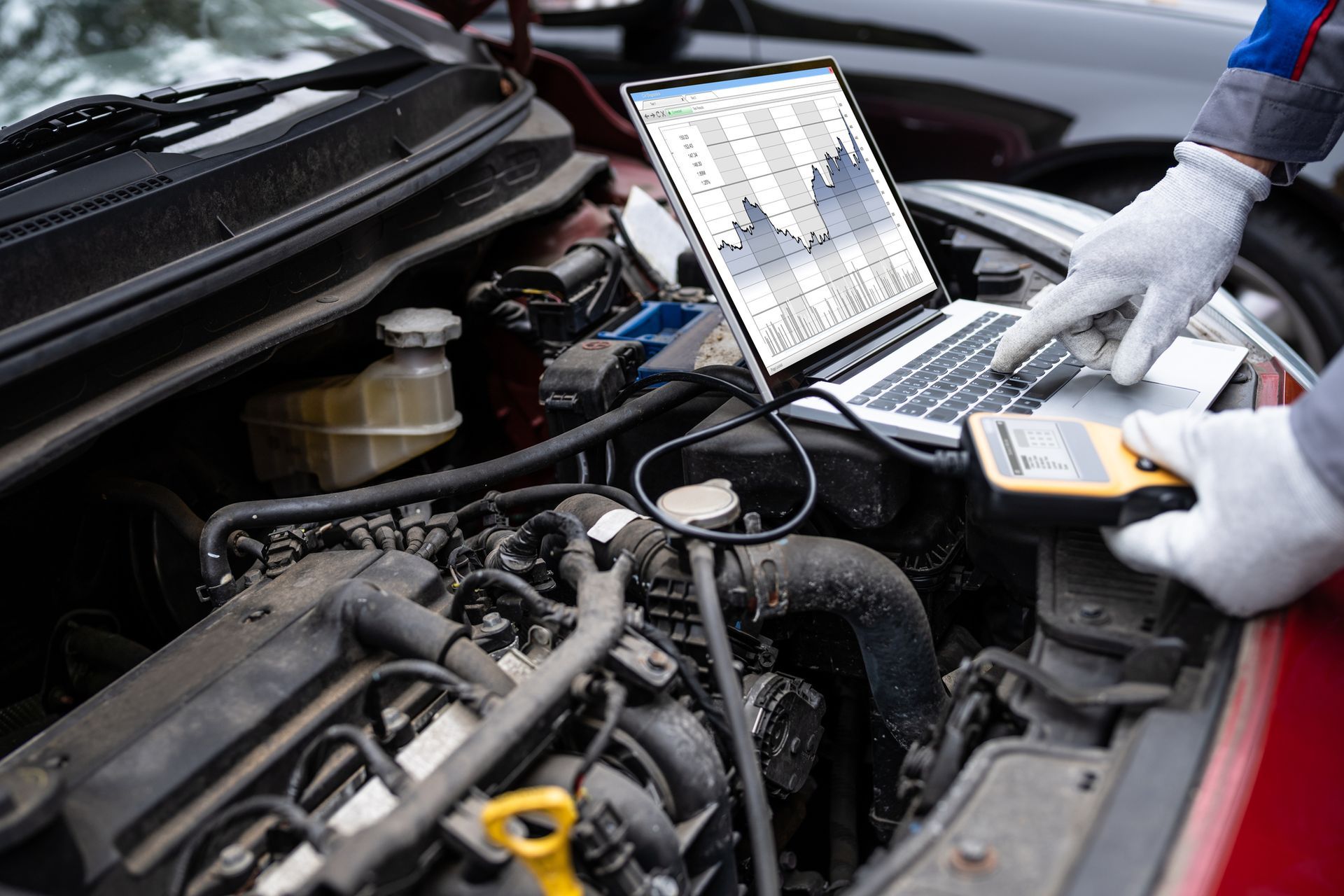3 Key Parts of Your Car's Air Intake System
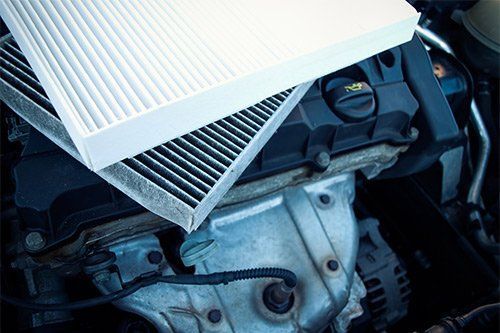
Air plays a key role in combustion that takes place in the heart of your car's engine. Unless your gasoline mixes with an appropriate amount of air prior to combustion, it simply won't be able to generate the necessary amount of power.
Air makes its way to your engine through the aptly-named air intake system. An air intake system consists of multiple different components, each of which has a key role to play in providing your car with fresh air. The more you know about these components, the better you'll be able to catch potential problems before they grow too severe. In that spirit, this article takes a closer look at three key parts of your car's air intake system.
1. Air Filter
Chances are you already know a little bit about the first - and arguably the most important - component in your air intake system: your air filter. As air enters the air inlet on the hood or front grill of your car, it quickly flows into the filter. Air filters can be found beneath your hood, located midway between the inlet and your engine.
Two main types of air filters exist: open pods and drop-ins. Open pods can handle much greater volumes of air. This attribute makes them popular for high-performance applications, where they allow engines to generate a greater degree of power. Yet open pods tend to be much larger, taking up more room under the hood.
Drop-in air filters tend to be the most common style for passenger vehicles. These flat filters boast a more streamlined design and more efficient filtration. Regardless of the style, however, all air filters can cause problems for your car if they become excessively choked with dust and debris.
2. Mass Flow Sensor
As noted above, efficient combustion requires that fresh air and fuel mix together in a highly specific ratio. Once upon a time, this ratio had to be painstakingly set by hand - a feat that only an experienced technician could undertake. Today, however, almost all cars come equipped with engine control units. These computer-like components monitor a staggering variety of processes taking place inside your car.
Based on the information it receives, an engine control unit can make alterations to boost performance and efficiency. In order to optimize the air-fuel ratio, an engine control unit requires precise data about the flow rate of air entering your car. This data comes from the component known as the mass flow sensor.
The mass flow sensor measures the rate of air as it comes out of your air filter. This flow rate may change based on environmental factors such as temperature and pressure. This information allows the engine control unit to make downstream changes to get the most possible power out of your fuel.
3. Throttle Body
The throttle body can be found in between the mass flow sensor and your engine's intake manifold. It contains a special flap known as the butterfly. The butterfly pivots open and closed in order to alter the rate of air flowing into the engine.
Each time you step on the gas, your car's throttle body opens wider to allow more air to flow to the engine. The wider the throttle body, the more fuel your injectors will spray into the intake manifold. In order to provide quick and effective results, a throttle body must be regularly maintained. A lot of this maintenance involves keeping the throttle body clean. If an excess of deposits or contaminants build up on the butterfly, it may not be able to open or close all the way. If the movement of the butterfly becomes impeded, your car will struggle to accelerate efficiently.
For more information about what it takes to keep your air intake system running properly, please contact the auto pros at Letcher Bros. Auto Repair Foreign & Domestic.

